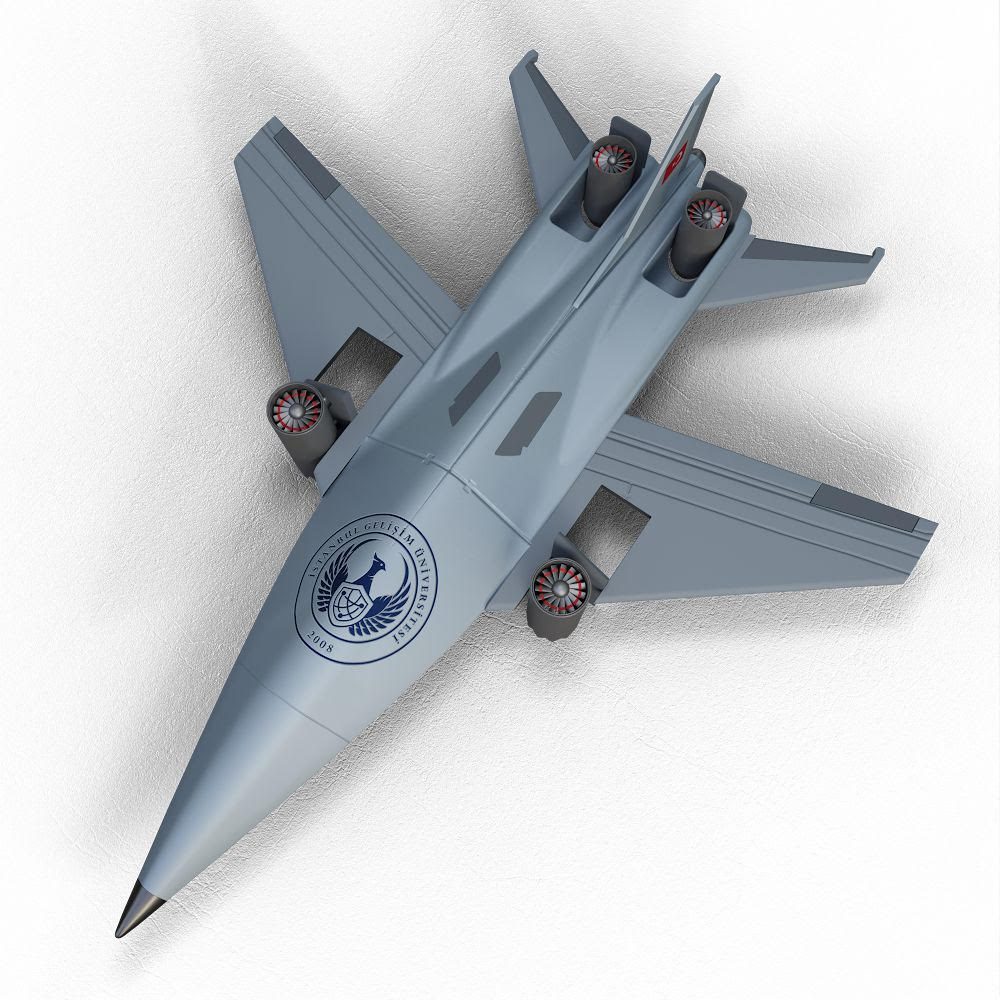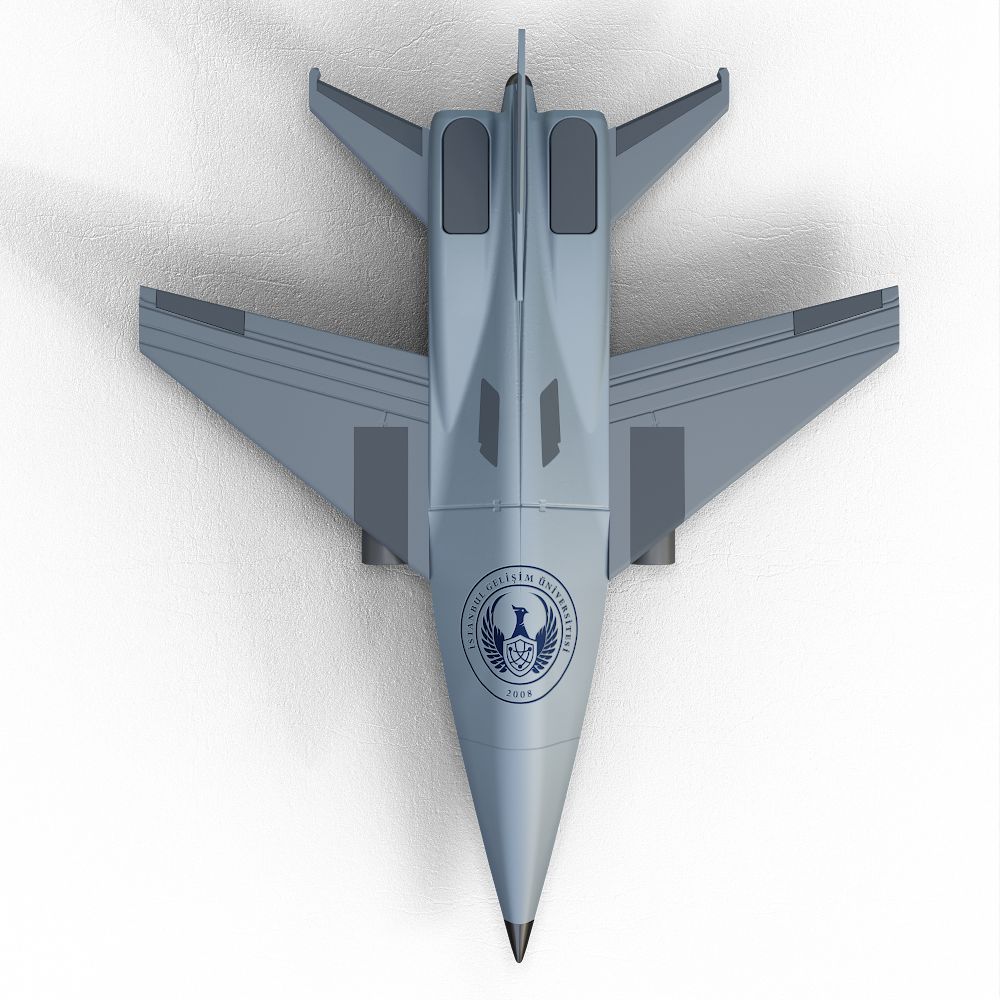
Technology Transfer Office
-
tto@gelisim.edu.tr




Unmanned aerial vehicles (UAVs) are widely used in different areas today and attract attention with the rapid development of their technologies. However, limitations such as the need for a runway for takeoff of fixed-wing UAVs and the low payload capacity of rotary-wing UAVs restrict their use. In order to overcome these problems, hybrid VTOL (Vertical Take-Off and Landing) systems have been developed and designs combining fixed-wing and rotary-wing technologies have been created..
The Jet Drone project provides students with access to advanced technologies, providing them with the opportunity to turn their theoretical knowledge into practice and develop their engineering skills. Within the scope of the project, UAV design principles, innovative systems and aerodynamic principles are learned, while an active role is taken in the design, prototyping, production and testing processes.
The fact that the project is open to international cooperation enables participation in global research and development studies, while increasing the prestige of the school. In addition, the domestic UAV technologies developed within the scope of the project contribute to reducing external dependency in the defense industry and offer students career and professional development opportunities in these areas.